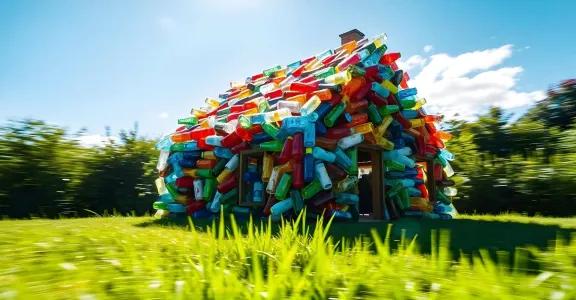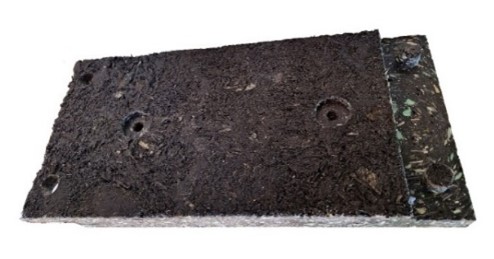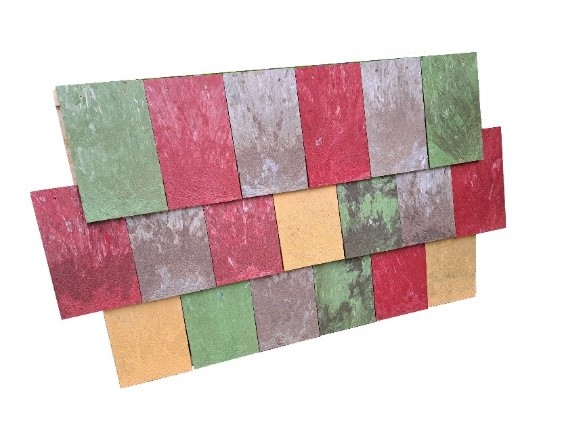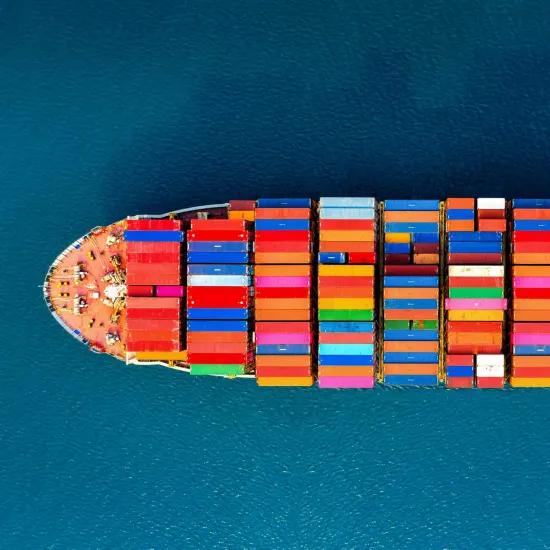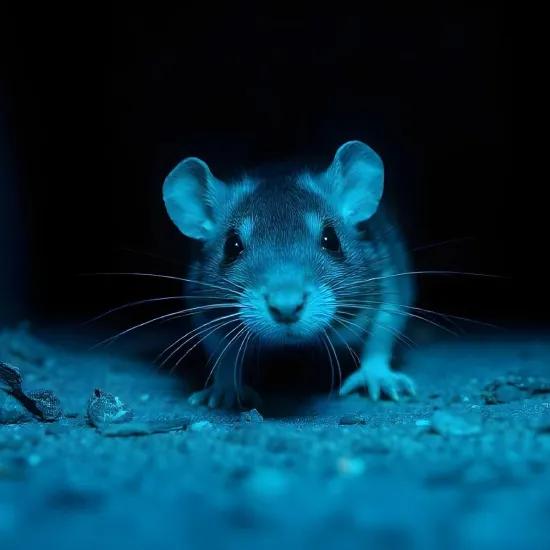Sirris partners with Buildwise to transform plastic waste into construction elements
With a recycling rate of 49% in 2021, one in two plastic wastes is not recycled in Belgium. They end up being incinerated, because they cannot be recovered in a circular economy model. The reason? The quality of the batches of thermoplastics lacks homogeneity and the volumes of each material separately are insufficient. Films, packaging and other materials such as thermosets without a recycling channel are concerned.
Valorising unused thermoplastic waste
All these used plastics make sorting and recycling particularly complex and costly. On the one hand, the different materials do not mix with each other, on the other hand, their properties and melting temperatures are variable (from 200 to 300°C).
To further avoid releasing CO2 into the atmosphere, Sirris has set itself a challenge: to find ways to recover thermoplastic waste. With one constraint: to use the materials in their raw state as much as possible, without the need to sort or treat them.
Partnership with Buildwise Research Center
Sirris has partnered with Buildwise in the “Recyabri” project, supported by the Walloon Region’s Win4Collective research program. Launched in January 2023 for a period of two years, the project initially aimed to provide temporary shelters in response to various humanitarian crises, such as the war in Ukraine. However, the properties obtained from the final material will direct the project towards other, more relevant applications.
By joining forces on this project, the two research centers have managed to define the possible applications and the manufacturing process. Sirris provided its expertise in machines and processes, while Buildwise leveraged its skills in qualifying materials for construction. The tests, tooling and prototype manufacturing took place at the Sirris site in Seraing (Liège). Buildwise conducted the performance qualification tests for the production system and guided the choice of applications.
Intrusion, a new innovative process
Phase 1
During the first year of research, Sirris developed the intrusion process. This is a hybrid process, something inbetween injection molding and extrusion. This innovative process consists of filling a mold during the plasticization phase of the material, i.e. when the screw is still rotating. The innovation lies essentially in the design of the plasticization screw, which can accept mixtures of very diverse, unsorted and minimally processed materials. Thanks to this process, Sirris was able to manufacture simple construction elements from raw mixtures, without sorting or treatment.
Buildwise was responsible for testing the mechanical properties of the final material. Based on the results, the two research centers concluded that the properties of the materials are not sufficient to produce structural parts. Sirris and Buildwise then reoriented the project towards niche applications such as the manufacture of construction elements subject to very little mechanical stress.
Phase 2
During the second year, two building-specific applications were launched:
- base plates for timber-framed houses;
- facade or roof cladding.
Buildwise has subjected these two products to numerous tests: resistance to humidity and thermal shocks, insulation, release of volatile organic compounds, etc. In addition to the thermoplastic mixture, the plates are also made up of 30% wind turbine blade fibers, which are difficult to integrate in a recycling trajectory. The whole is then kneaded and partially melted, then compressed in a mold to form the construction elements.
With the project coming to an end in December 2024, Sirris and Buildwise are currently completing the assessment of the technical feasibility of the Recyabri project. The latest tests in progress concern in particular the release of materials to determine the level of water contamination in the event of contact. The thermal shock resistance of the facings and the thermal insulation of the basements are also being assessed.
Other niche applications
The base and facing prototypes are proof that it is possible to recover thermoplastic waste that are currently hard to recycle. In addition, tests show that recovering these materials reduces CO2 emissions from waste incineration by 20%. Once the project is completed, Sirris will be able to present the results of the research and its development to interested companies.
In addition to construction, the innovation can also be used for other applications in other sectors. This is demonstrated by a plastics recycling company that has already expressed its interest. For example, it sees opportunities in rail and road infrastructure such as cable ducts or even components for speed breakers.
About Buildwise
Buildwise is a construction innovation centre based in Ottignies-Louvain-la-Neuve. It helps professionals in the sector improve the quality, productivity and sustainability of their activities. Founded in 1959, Buildwise was previously known as the Scientific and Technical Centre for Construction (CSTC).
